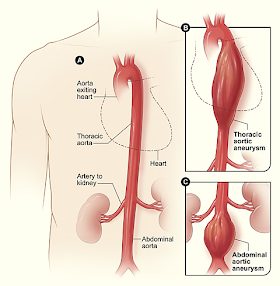How Is Carotid Artery Disease Diagnosed by Specialists?
Specialists diagnose carotid artery disease using a combination of medical history, physical assessment, and advanced imaging techniques. This disease, characterized by the narrowing or blockage of the carotid arteries due to plaque build-up, can lead to serious health difficulties like strokes. Accurate diagnosis is crucial for helpful treatment and prevention. Initial Assessment by Specialists: Medical History : Reviewing patient history to identify risk factors and symptoms. Physical Examination : Checking for physical signs of carotid artery disease , such as a bruit (whooshing sound) heard with a stethoscope. Diagnostic Imaging Techniques: Doppler Ultrasound : Non-invasive test that uses sound locks to make images of blood flow in the carotid arteries. CT Angiography : Provides exact images of the blood vessels using X-rays and contrast dye. Magnetic Resonance Angiography (MRA) Uses magnetic field...
